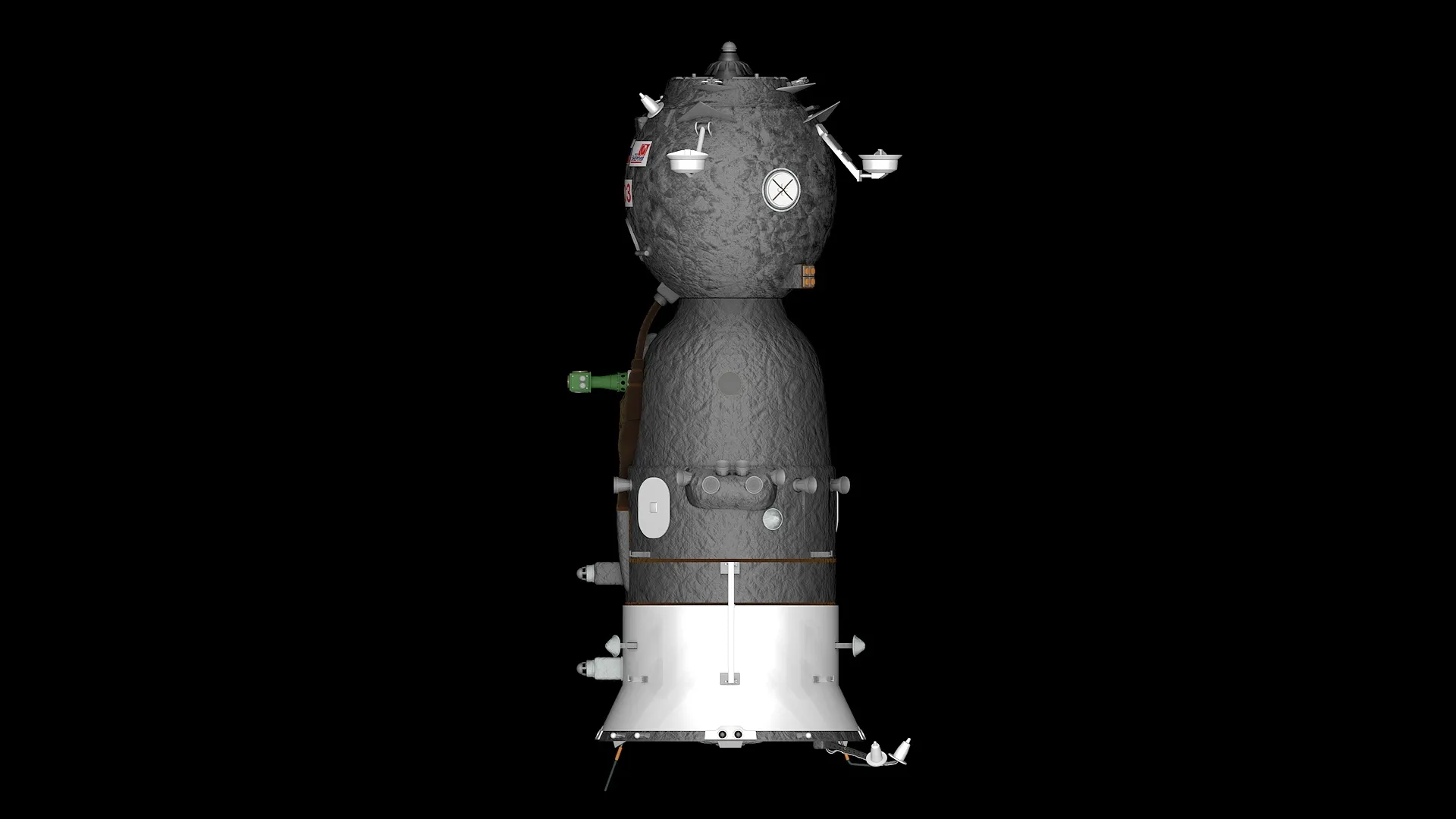What is a Soyuz Diecast Model
A Soyuz diecast model is a miniature replica of the iconic Soyuz spacecraft, meticulously crafted from metal, plastic, and other materials. These models are highly sought after by space enthusiasts, collectors, and hobbyists who appreciate the detailed craftsmanship and historical significance of the Soyuz program. These models bring the grandeur of space exploration into a tangible form, allowing enthusiasts to own a piece of space history. The term “diecast” refers to the manufacturing process where molten metal is injected into molds to create intricate parts. The realism of these models varies depending on the manufacturer and the price point, with some models offering incredibly accurate representations of the spacecraft’s exterior and interior details.
Materials Used in Soyuz Diecast Models
The materials used in the construction of Soyuz diecast models play a crucial role in their overall quality, durability, and level of detail. High-quality models often employ a combination of diecast metal for the primary components and plastic for finer details. The choice of materials directly impacts the model’s realism, weight, and longevity. Understanding the materials used can help you make an informed decision when selecting a model, ensuring you choose one that meets your expectations for quality and accuracy. Careful consideration of these materials will allow you to appreciate the craftmanship and enjoy the model for years to come.
Diecast Metal
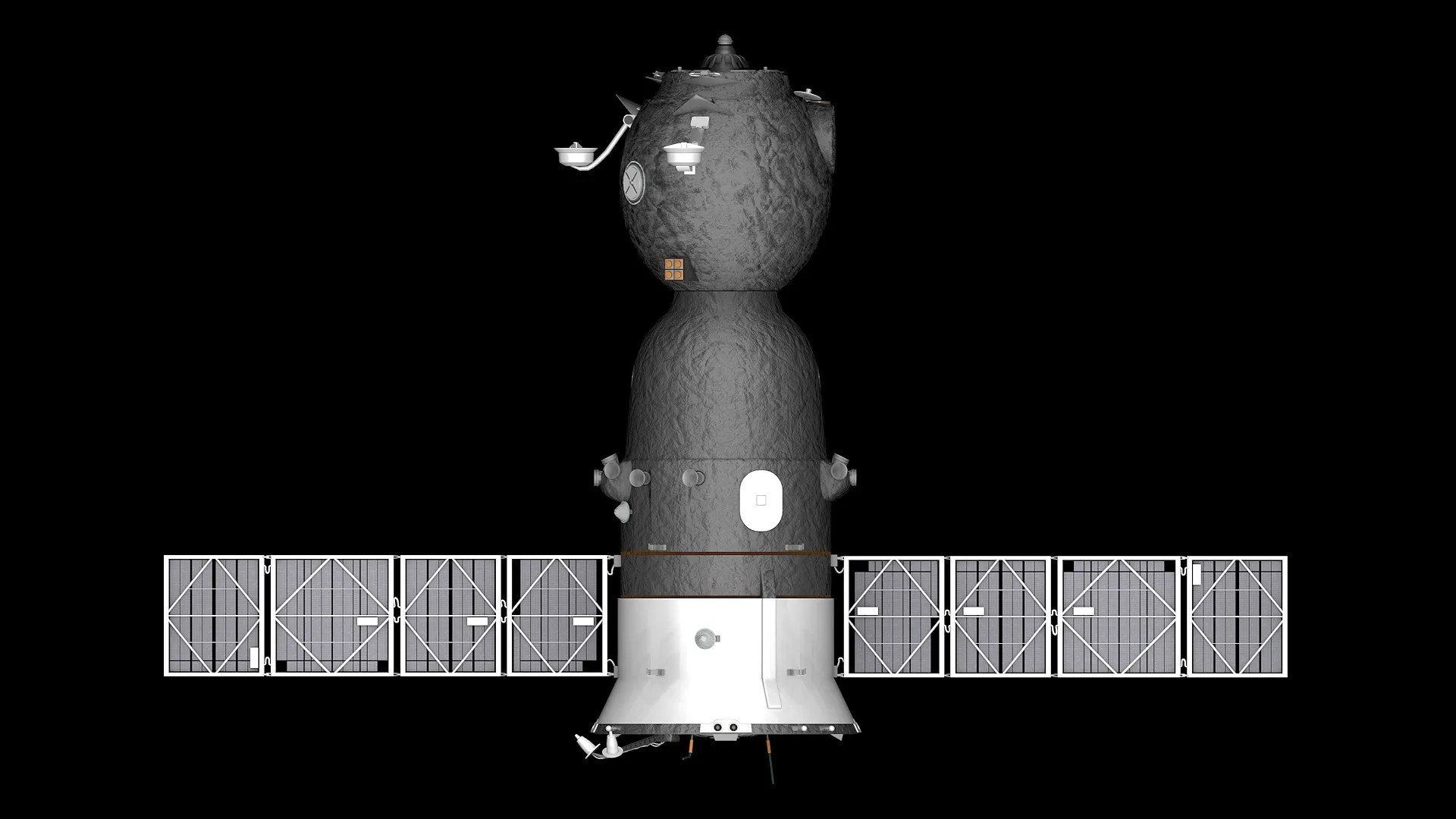
Diecast metal is the core material in most Soyuz models, providing weight, durability, and a solid feel. This metal alloy, often zinc or aluminum-based, is injected into molds under high pressure to create intricate parts with fine details. Diecast components typically make up the main body, engines, and structural elements of the spacecraft model. The use of diecast metal gives the model a premium feel, enhancing its collectible value. The weight of the metal also contributes to the model’s stability and prevents it from tipping over easily. This is a critical factor for display. Many collectors appreciate the tactile experience of holding a diecast model.
Plastic Components
Plastic components are used to create finer details, such as antennas, solar panels, and other delicate features. High-quality plastics allow for precision and intricate designs. Plastic components are often chosen for their flexibility and ability to reproduce complex shapes that might be difficult to achieve with metal. The use of plastic also helps to reduce the overall cost of production compared to using solely metal. Plastic parts are frequently painted or decorated to match the color scheme and markings of the real Soyuz spacecraft. Carefully selected and applied plastics play a vital role in enhancing the level of detail, and create a visually stunning replica.
Scale and Size Options
Soyuz diecast models come in various scales, each offering a different size and level of detail. Choosing the right scale is crucial for both display and collection purposes. The scale of the model dictates the size of the spacecraft relative to the real-life counterpart. Common scales include 1:100, 1:144, and 1:72, but other scales can also be found. The scale you choose should depend on your available display space and your personal preferences. Larger scales offer greater detail, while smaller scales are suitable for collectors with limited display areas.
Common Scales for Soyuz Models
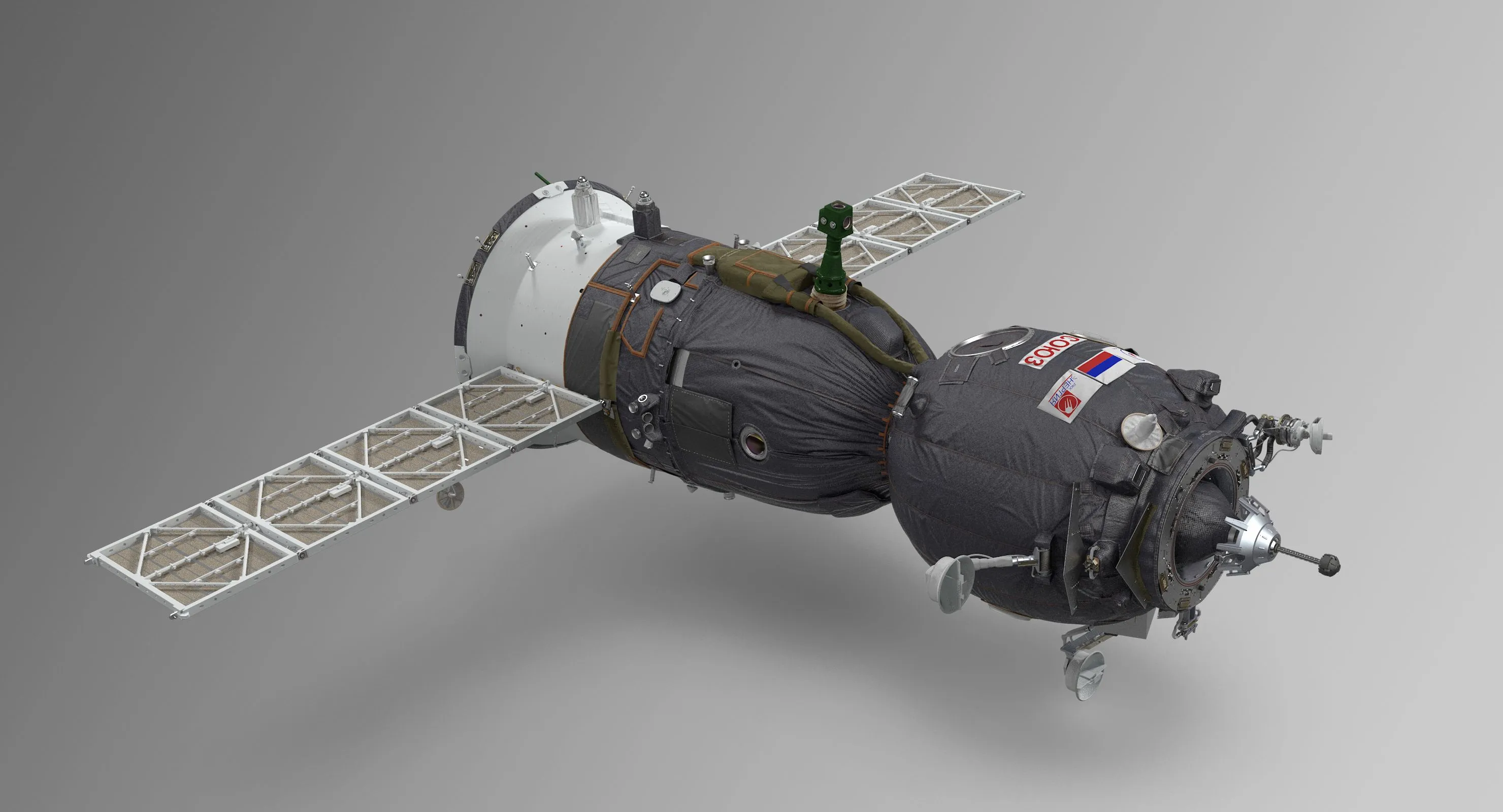
Some of the most popular scales for Soyuz models include 1:100, 1:144, and 1:72. The 1:100 scale is a common choice as it offers a good balance of size and detail, making it suitable for display on shelves or desks. The 1:144 scale is often more affordable and is ideal for beginners or those with space constraints. The 1:72 scale offers the highest level of detail and is usually reserved for the most serious collectors, and requires more space. The availability of accessories and aftermarket parts can also vary depending on the scale, influencing your overall collecting experience. Consider what space you can provide and the detail required.
Factors to Consider When Choosing a Scale
When deciding on a scale, assess your available display space and the level of detail you desire. Larger scales provide more intricate details but require more space. Consider the availability of models in your preferred scale. Some scales may have a wider selection of models and accessories. Another factor is the cost; larger scales often come with a higher price tag. The level of detailing directly correlates with the scale, which is an important factor to consider. Do your research to find out which scales are available and compare models.
Authenticity and Detailing
The authenticity and detailing of a Soyuz diecast model are critical for collectors. Accurate markings, decals, and the overall level of detail significantly impact the model’s realism and value. High-quality models strive to replicate the Soyuz spacecraft with precision, capturing every intricate feature and detail. Examine photos and reviews carefully to assess the model’s accuracy. Consider these factors to determine if the model meets your expectations. The more accurate and detailed a model is, the more satisfying it will be for display and collection.
Checking for Accurate Markings and Decals
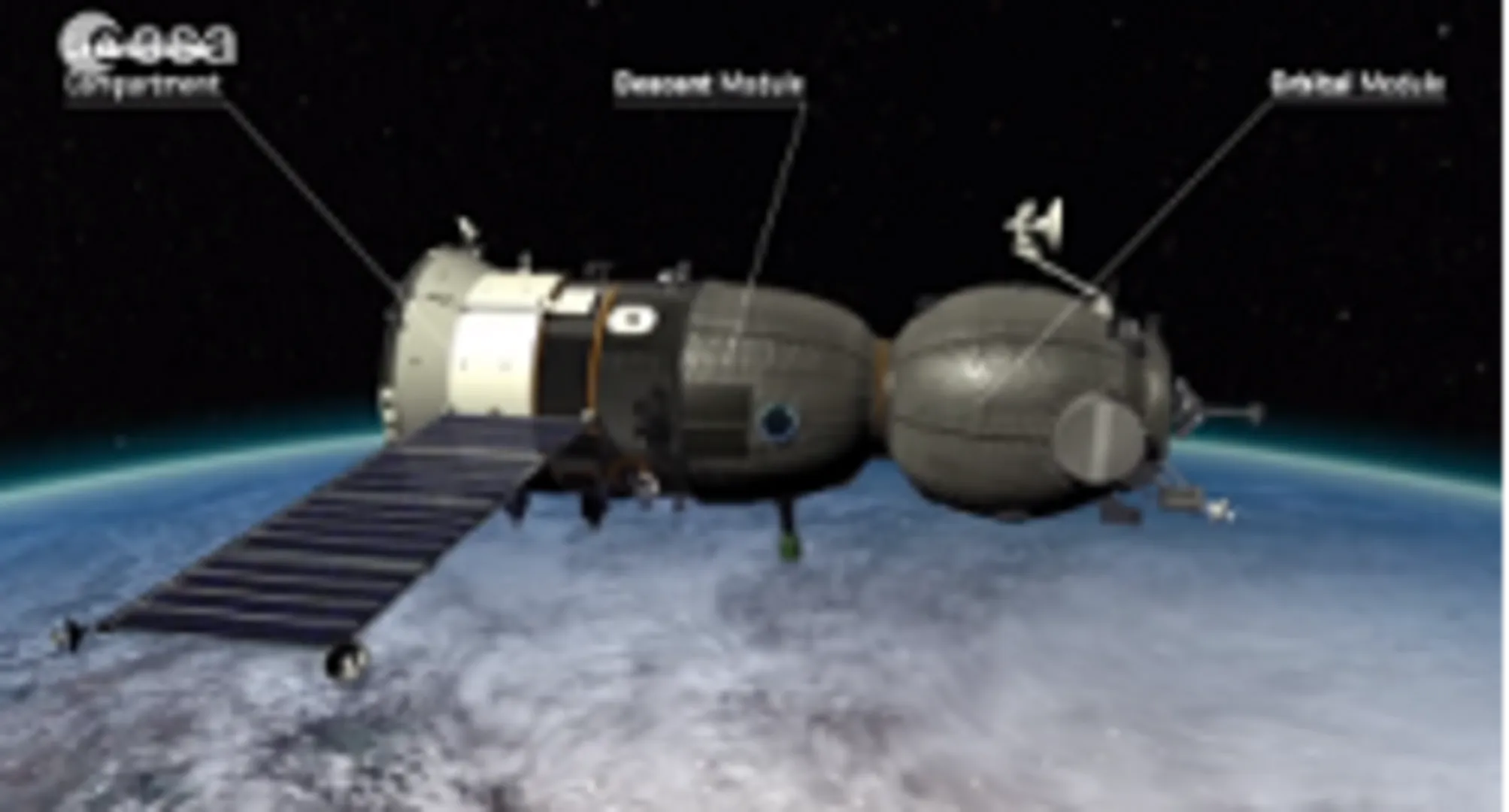
Accurate markings and decals are essential for authenticity. These elements include the spacecraft’s logos, registration numbers, mission markings, and other relevant details. Check that the markings are correctly placed, properly sized, and of high quality. The decals should be applied smoothly, without any air bubbles or misalignment. A model’s value can be greatly affected by the accuracy and quality of these details. Poorly done markings can detract from the model’s overall appearance. Before purchasing, research the real-life spacecraft to compare against the model.
Assessing the Level of Detail
The level of detail encompasses all aspects of the model, from the exterior surfaces to the interior features. Inspect the panel lines, rivets, hatches, and other surface details. Look for accurately rendered engine nozzles, antennas, and solar panels. Some models offer internal details like crew compartments. Evaluate the overall construction of the model to assess the quality of the build. Consider the materials used and how well they are integrated. The higher the level of detail, the more realistic and visually appealing the model will be. Carefully examine product photos and reviews to understand the model’s detailing.
Where to Buy Soyuz Diecast Models
Soyuz diecast models are available through various channels, each offering a unique shopping experience. You can find them in online retailers, specialty model shops, and through auctions or collectors’ fairs. Knowing where to look can increase your chances of finding the perfect model at the best price. Each channel has its own advantages and disadvantages, so it’s wise to explore your options and compare prices. This section will guide you through the most common places to buy these models. Doing your research can save you money, and help you find what you are looking for.
Online Retailers
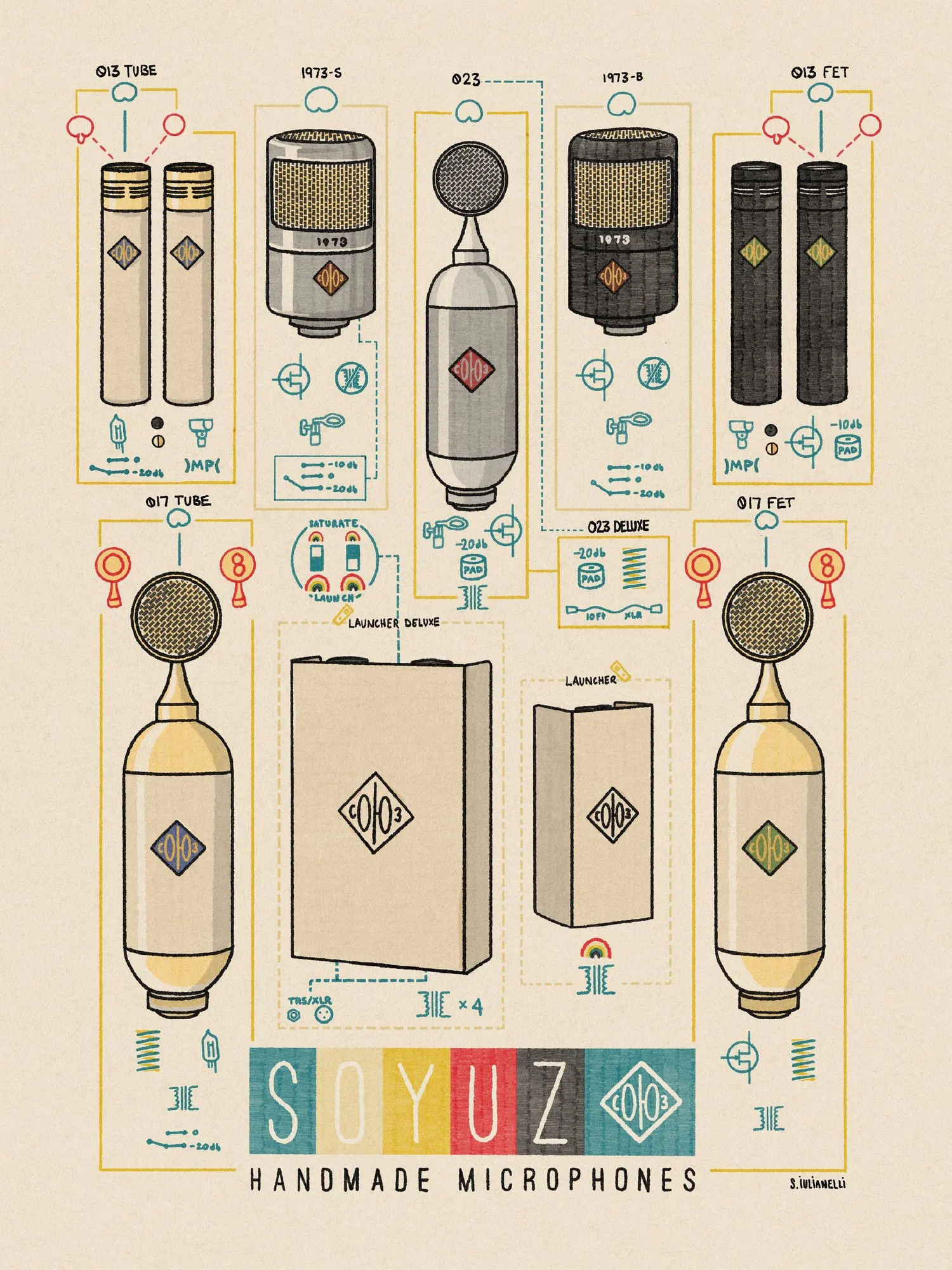
Online retailers offer a wide selection of Soyuz diecast models from various manufacturers. Major online marketplaces like Amazon and eBay provide convenient access to a vast array of models, often with customer reviews and competitive pricing. Specialized online model shops may have a narrower focus, but they can offer more expertise and a deeper selection of high-end models. Always compare prices across multiple retailers, including shipping costs. Look for retailers with good customer service and return policies. Check for detailed product descriptions and high-quality photos to assess the model’s quality.
Specialty Model Shops
Specialty model shops, both online and brick-and-mortar, offer a more curated selection of Soyuz diecast models, often focusing on quality and collectibility. These shops usually have knowledgeable staff who can provide expert advice and help you find the perfect model. They often carry models from niche manufacturers or limited editions that are not readily available elsewhere. Specialty shops frequently offer a more personalized shopping experience and can provide insights into the models’ history and significance. Visiting a specialty shop allows you to see the models in person before making a purchase.
Auctions and Collectors’ Fairs
Auctions and collectors’ fairs can be excellent sources for rare or vintage Soyuz diecast models. These events provide opportunities to find unique models. Research auction houses and fairs to understand the market value and the bidding process. Auction sites like eBay also offer opportunities to buy models through auctions. Collectors’ fairs can offer chances to meet fellow enthusiasts, learn more about the hobby, and purchase models directly from sellers. Prepare by researching the models you’re interested in and setting a budget. This is a good way to make sure you do not spend too much.
Price Range and Budgeting
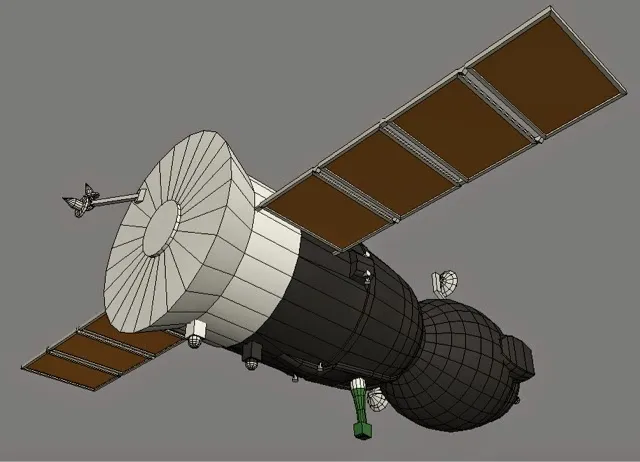
Soyuz diecast models range in price, from entry-level models to high-end collectibles. Understanding the factors that influence the price can help you set a realistic budget and choose a model that fits your needs and expectations. The price of a model is influenced by its size, detail, manufacturer, and rarity. Setting a budget helps you stay within your financial limits and ensures you can acquire a model you will enjoy. Before making a purchase, consider all of the costs involved, including shipping and any potential import duties.
Entry-Level Soyuz Models
Entry-level Soyuz diecast models are typically more affordable, making them a great starting point for beginners. These models often feature simpler designs and fewer details. They may be made from less expensive materials or use fewer diecast parts. The price point typically ranges from $20 to $50, depending on the scale and manufacturer. Entry-level models are suitable for those who are new to collecting or have a limited budget. They still offer a good representation of the Soyuz spacecraft, allowing you to appreciate its design and shape. Entry-level models provide a budget-friendly way to begin or expand your collection.
High-End Collectible Models
High-end collectible models are designed for serious collectors, offering superior quality, intricate details, and often a limited production run. These models are made from high-quality materials, such as diecast metal, and feature detailed paint jobs and accurate markings. The price range can vary significantly, from $100 to several hundred dollars or more, depending on the manufacturer, scale, and rarity. These models are an investment, as their value may increase over time. High-end models are often prized for their realism, detail, and historical significance. They are a good way to build or expand your collection.
Maintaining and Displaying Your Model
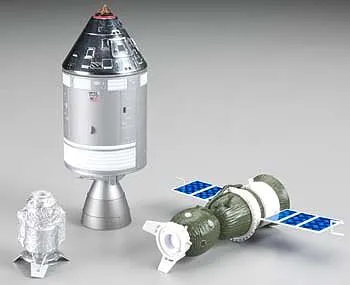
Proper maintenance and display are essential for preserving the condition and value of your Soyuz diecast model. Taking care of your model involves regular cleaning, safe storage, and thoughtful display. The goal is to protect it from damage, dust, and environmental factors. These models are a valuable collectible, and should be treated as such. Following these guidelines will help to keep your model in pristine condition. Implementing these steps will ensure the longevity of your model. Regular maintenance is important for maintaining the models’ appearance.
Cleaning and Care Tips
Regular cleaning helps remove dust and debris, preserving the model’s appearance. Use a soft, lint-free cloth to gently wipe the model’s surfaces. Avoid using harsh chemicals or abrasive materials, as they can damage the paint and decals. A soft brush can be used to clean hard-to-reach areas or crevices. Handle your model with care and avoid touching the surfaces unnecessarily. Store your model in a cool, dry place away from direct sunlight and extreme temperatures. Proper care will help protect the model for years.
Ideal Display Conditions
Choose a display location that protects your model from dust, sunlight, and extreme temperatures. A display case or a glass-fronted cabinet provides a secure and visually appealing way to showcase your model. Avoid placing your model in direct sunlight, as this can cause the paint to fade or deteriorate over time. Ensure the display area is away from sources of heat, such as radiators or heaters. Consider using a dust cover to protect your model from dust and debris. Proper display not only protects your model but also enhances its visual appeal.
